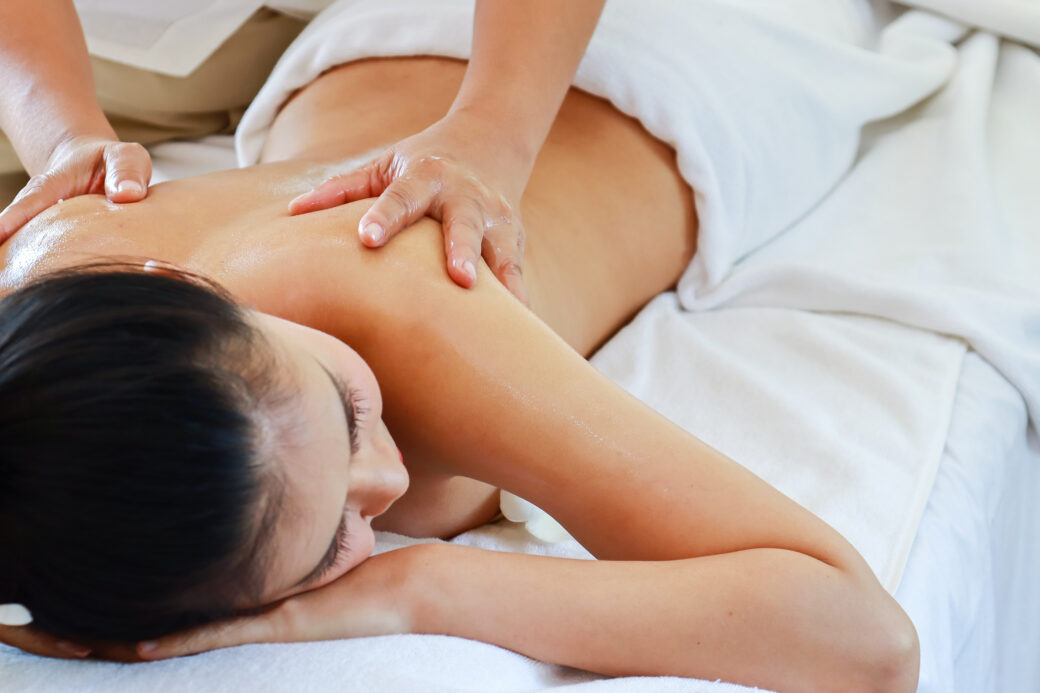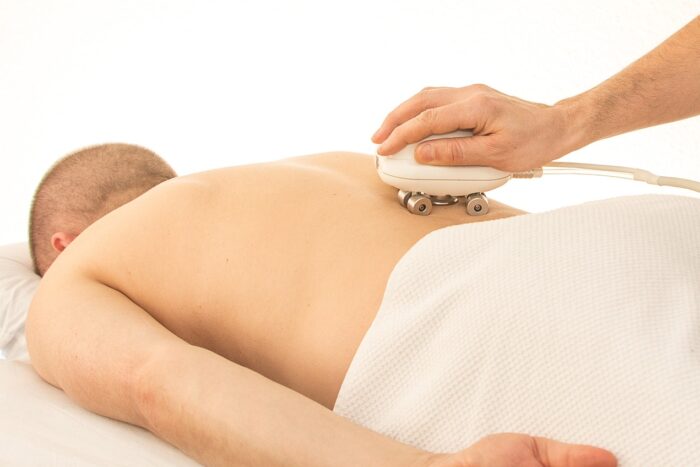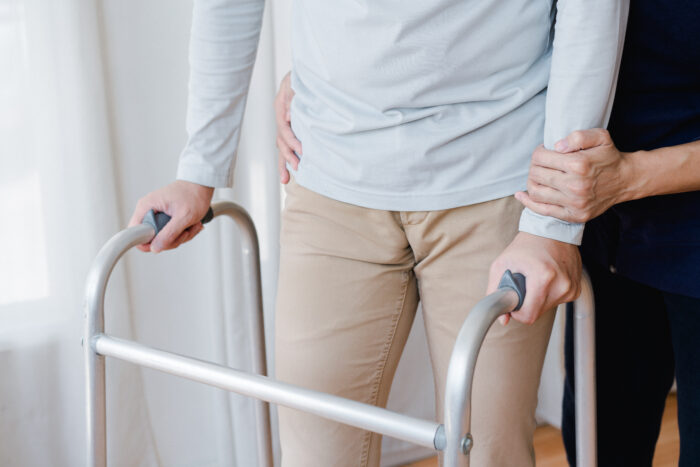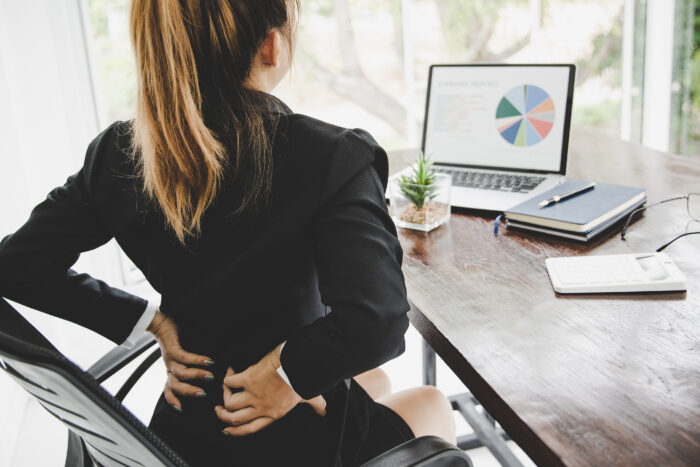
The best treatment for a lumbar strain involves a combination of rest, medication, physical therapy, and lifestyle adjustments.
Contents
hide
Here’s a comprehensive approach…
Rest and Activity Modification
- Initial Rest – Short-term rest (1-2 days) to prevent further strain.
- Activity Modification – Gradually resume activities while avoiding heavy lifting, twisting, or bending that could exacerbate the injury.
Cold and Heat Therapy
- Cold Therapy – Apply ice packs to the affected area for the first 24-48 hours to reduce inflammation. Use for 15-20 minutes at a time, several times a day.
- Heat Therapy – After the initial inflammation decreases, use a heating pad or warm towel to relax muscles and improve blood flow. Apply for 15-20 minutes at a time.
Medications
- Over-the-Counter Pain Relievers – NSAIDs like ibuprofen (Advil, Motrin) or naproxen (Aleve) to reduce pain and inflammation. Acetaminophen (Tylenol) can also be used for pain relief.
- Prescription Medications – For severe pain, a doctor may prescribe stronger painkillers or muscle relaxants.
Physical Therapy and Exercise
- Physical Therapy – A physical therapist can design a program to strengthen the core and lower back muscles, improve flexibility, and promote proper posture.
- Exercises – Gentle stretching and strengthening exercises to support the lumbar spine and prevent future strains.
Lifestyle Changes and Ergonomics
- Maintain a Healthy Weight – Reducing body weight can decrease stress on the lumbar spine.
- Proper Posture – Maintain good posture while sitting, standing, and lifting. Use ergonomic furniture and adjust your workstation to promote a neutral spine position.
- Proper Lifting Techniques – Use your legs to lift objects, not your back. Keep the object close to your body and avoid twisting.
Alternative Therapies
- Massage Therapy – Can help reduce muscle tension and improve blood circulation.
- Acupuncture – Some people find relief from lumbar strain symptoms with acupuncture.
- Chiropractic Care – Chiropractic adjustments can help align the spine and relieve pain.
Regular Movement and Breaks
- Avoid Prolonged Sitting or Standing – Take regular breaks to move and stretch.
- Low-Impact Aerobic Exercise – Activities like walking, swimming, and cycling can improve overall fitness without placing excessive strain on the lumbar spine.
Medical Interventions
- Injections – For severe or persistent pain, corticosteroid injections may be used to reduce inflammation and pain.
- Surgery – Rarely needed for lumbar strains, but may be considered if there is significant structural damage or if conservative treatments fail.
Home Remedies and Self-Care
- Hydration – Drink plenty of water to keep muscles hydrated and healthy.
- Anti-Inflammatory Diet – Include foods rich in antioxidants and anti-inflammatory properties, such as fruits, vegetables, nuts, seeds, and fatty fish.
- Sleep Position – Sleep on a firm mattress with a pillow that supports the natural curve of your neck. Sleeping on your side with a pillow between your knees can help maintain spinal alignment.
Monitoring and Follow-Up
- Regular Check-Ups – Follow up with your healthcare provider to monitor progress and adjust treatment plans as necessary.
- Signs to Watch For – Seek medical attention if you experience severe pain, numbness, weakness, or loss of bladder or bowel control.
Implementing these strategies can help manage and treat lumbar strain effectively. Always consult with a healthcare professional before starting any new treatment or therapy to ensure it is appropriate for your specific condition.
Related Posts
How Do You Massage Your Lumbar Spine?
On
August 6, 2024
Does Lumbar Support Actually Help?
On
June 10, 2024
What Is The Best Painkiller For Lumbar Spine Pain?
On
January 21, 2025
What Is The Best Cushion For Lower Back Pain?
On
December 1, 2024



